Watch Leonardo da Vinci's mechanical inventions come to life in a new Science Museum exhibition
A new exhibition has started at the Science Museum in London, which showcases intricate, accurate historical models based on Leonardo da Vinci's engineering design drawings.
While Da Vinci is widely considered to be one of the greatest painters of all time, he also had a great deal of interest and expertise in a variety of other subjects such as engineering, architecture, palaeontology, astronomy, mathematics, engineering, literature, geology, anatomy, botany, writing, cartography and history.
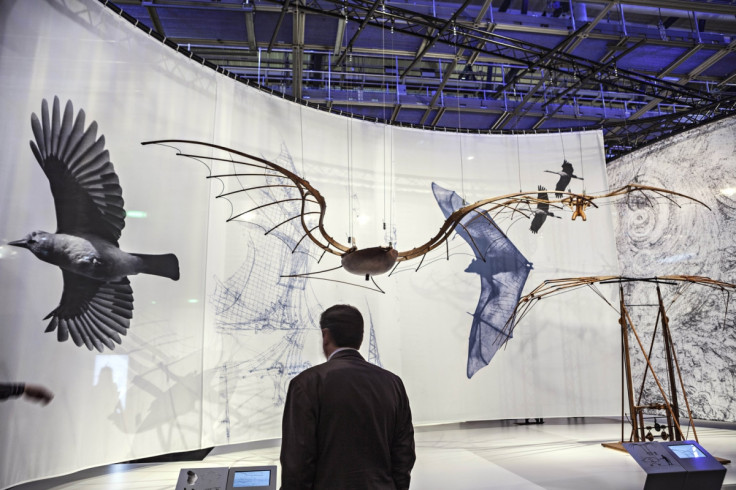
It is the aspect of engineering that the Science Museum is focusing on, particularly the technological conceptualisations that Da Vinci drew in his notebooks for a series of big and small machines – including flying machines, weapons, engineering solutions and even manufacturing innovations.
Due to the great interest in Da Vinci's drawings, which have been described by experts to be animated, almost as if the drawings were 3D model schematics rather than 2D sketches, there has been a great deal of interest in recreating the designs as real models, using materials that would have been available to Da Vinci in the 15<sup>th century.
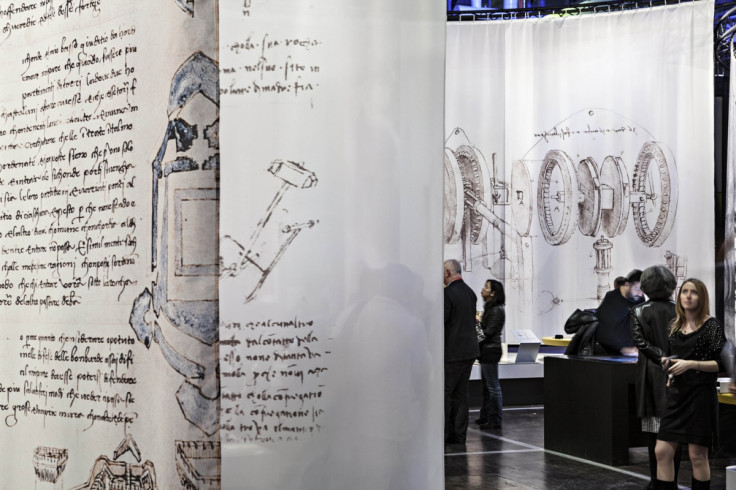
The Leonardo da Vinci: The Mechanics of Genius exhibition features 39 models that were made in Milan in 1952 in celebration of the 500<sup>th anniversary of Da Vinci's birth, together with explanations of the purpose of each Renaissance design and he meant for each invention to work. The exhibition was originally produced by Cité des Sciences et de l'industrie, a science museum in Paris, France
Together with interactive displays exploring Da Vinci's life and large-scale depictions of his drawings, the exhibition brings to life the machines and engineering principles in his imagination.
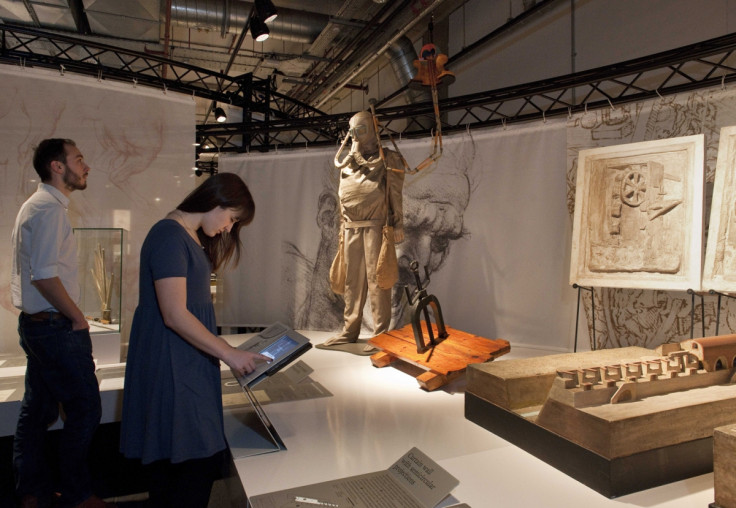
One of the most interesting pieces in the exhibition is a design for what is believed to be the first diving suit, which consists of a full body suit, goggle and, tubes to help a man breathe underwater that are rigged up to a buoy that stays at the water's surface, while two weighted bags on each side of the suit help to keep the man submerged.
Sue Mossman, the senior exhibitions manager at the Science Museum, told IBTimes UK that although the design is innovative for its time, it probably wouldn't have worked in Da Vinci's days as people were not able to create waterproof materials.
However, Da Vinci's conceptualisation of the suit was more advanced than the Gemini space suit invented for the first Nasa astronauts in the 1960s, Mossman added, as he had included a pouch where a man could relieve himself, which was missing from the Gemini suit.
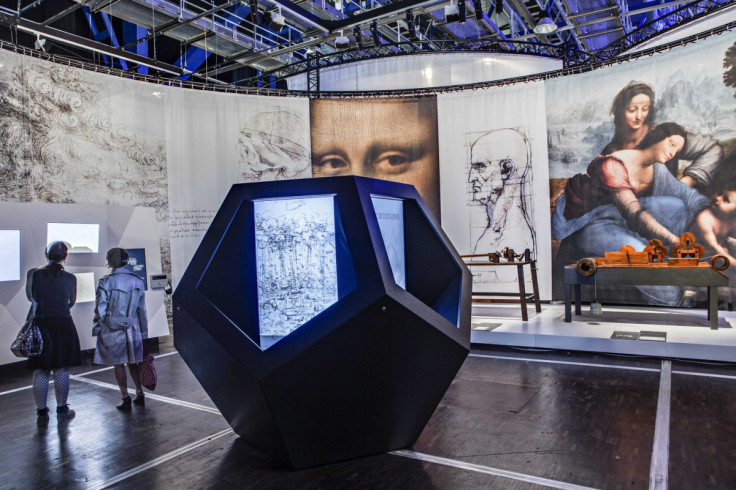
But would any of Da Vinci's more futuristic, flamboyant flying inventions have worked? Yes! Martin Kemp, a history of art professor at Oxford University, is one of the world's leading experts on Da Vinci's art and imagery relating sciences, anatomy, natural history and optics.
For example, in 2000 Kemp ran an experiment together with professional skydiver Adrian Nicholas to test whether Da Vinci's parachute design would actually work. Nicholas was able to parachute for five minutes from a height of 7,000ft before cutting himself loose and launching a conventional parachute.
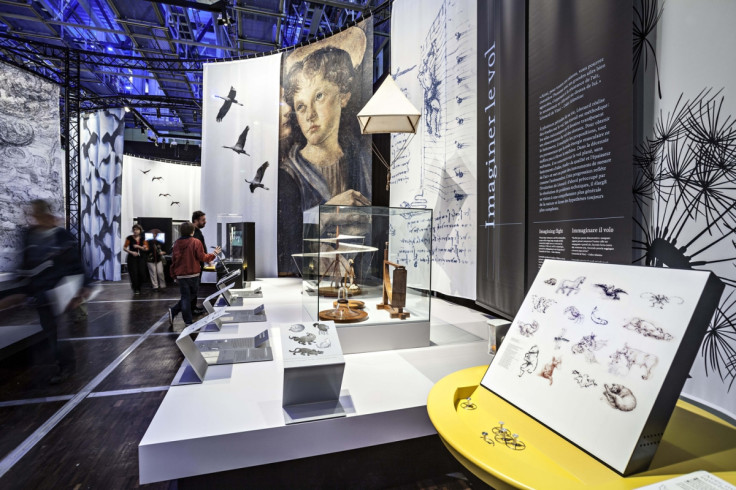
The parachute made such a smooth and slow descent that the two sky divers who parachuted with Nicholas had to keep breaking to stay level with him.
"I don't know that this was ever built, but perhaps it was intended that people could descend into a space to perform for kings and queens, whether they were flying creatures or angels," professor Jim Bennett, a former Oxford University history of science expert who is now keeper emeritus of collections at the Science Museum, told IBTimes UK.
"It's so you can safely descend. There wasn't an aeroplane, so why would you want a parachute in Leonardo's time? You see, Leonardo was involved in designing useful things, but I think, in designing spectacles."
The Leonardo da Vinci: The Mechanics of Genius exhibition will be on at the Science Museum between 10 February to 4 September 2016, and admission costs £10 ($14.50).
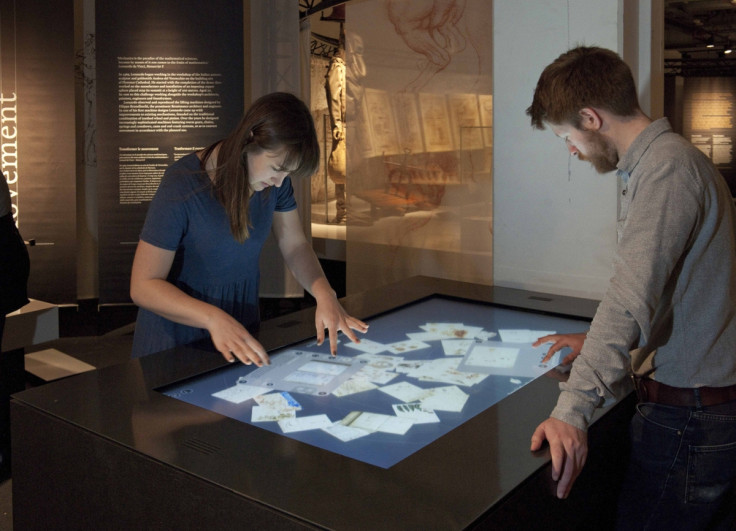
© Copyright IBTimes 2024. All rights reserved.







